Aston Stealth review: Incredible audio recording for podcasts and streaming
Aston releases one beast of a studio microphone.
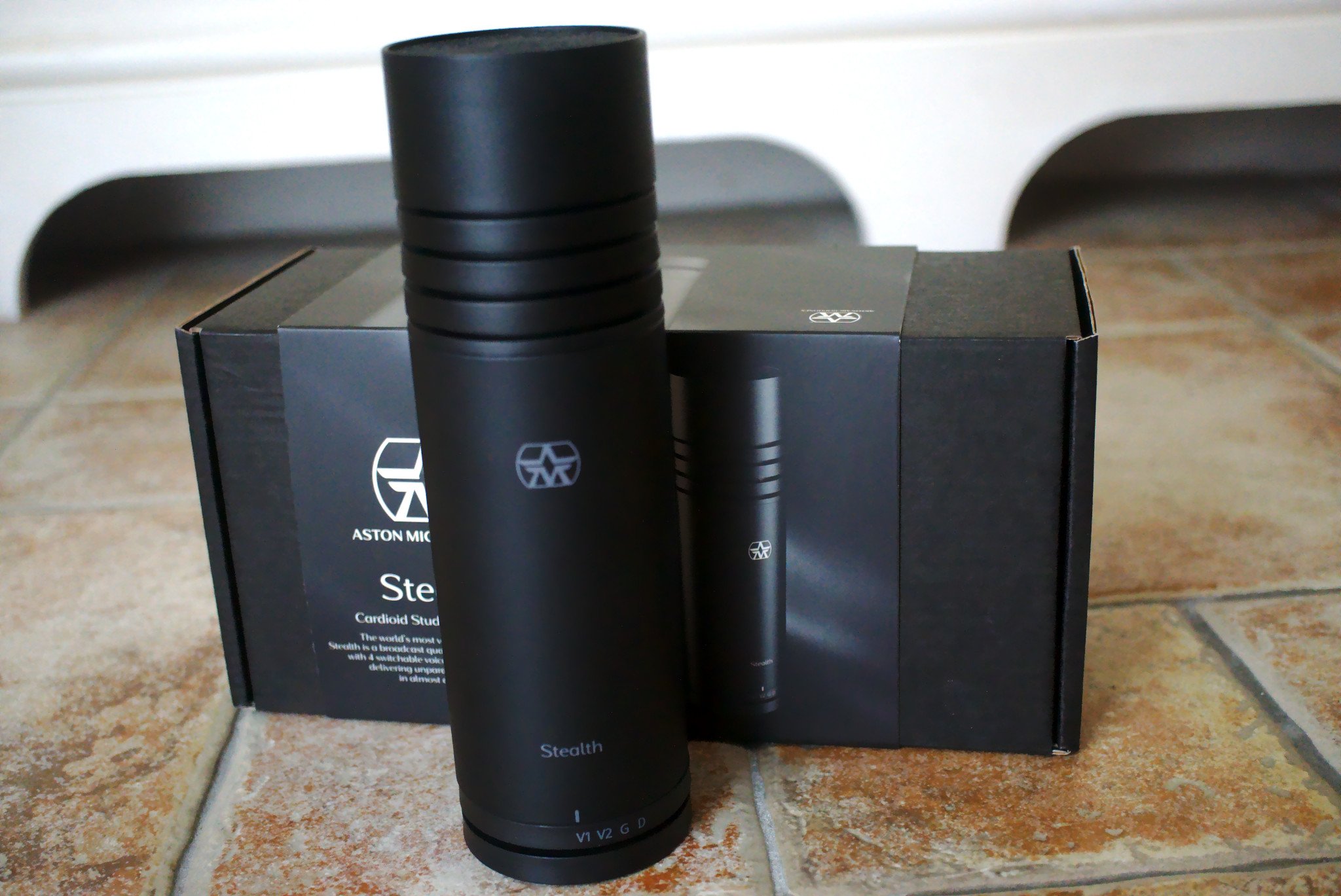
When you plan on streaming or starting up a podcast, you need a microphone that'll record your voice with clarity. Modern headsets have come a long way in terms of microphone quality, but you can never beat a dedicated studio microphone. We've looked at USB gaming microphones from HyperX, Blue, and Razer, but now British-based Aston has the Stealth that promises exceptional audio recording quality.

$399Bottom line: This is one killer studio microphone.
For
- Built-in Class A preamp
- Excellent audio recording
- Four switchable voicings
- Passive and active modes
- Sleek solid design
Against
- Large and heavy
Aston's streamer-friendly mic sounds great
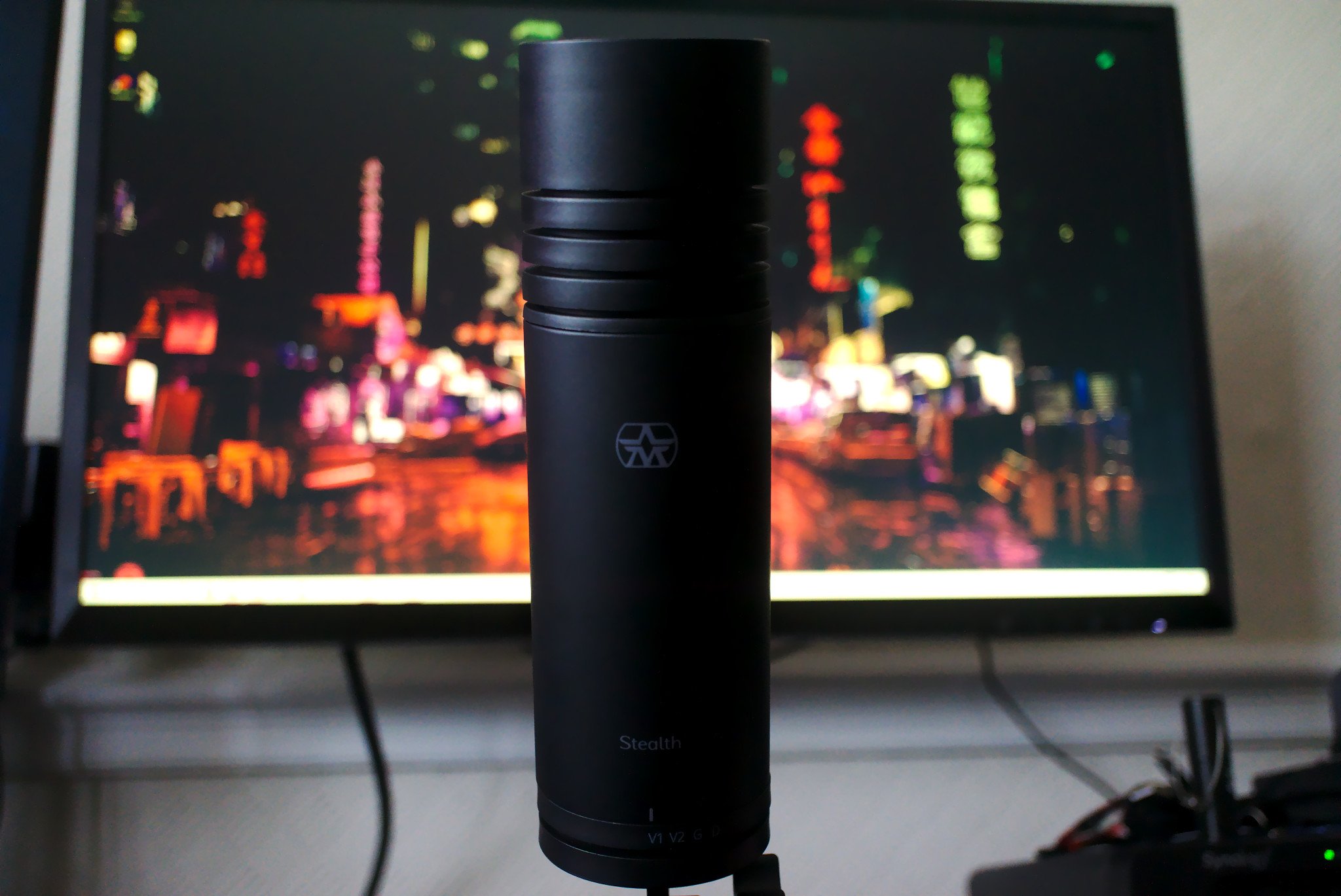
USB microphones like the Blue Yeti or HyperX QuadCast have their advantages over studio condenser microphones like the Aston Stealth. With a USB microphone, you can simply plug it into the rear of your PC, and you're good to go. With a condenser mic, the setup process differs slightly in that you need additional equipment like a mixer and phantom power supply.
| Category | Spec |
|---|---|
| Frequency response | 20Hz to 20kHz |
| Transducer | Moving coil |
| Polar patterns | Cardioid |
| Ports | XLR |
| Sensitivity | 140dB (150mV/Pa at 1kHz) |
What this does allow for with the Stealth is a high level of customization using physical knobs, buttons, and software. And the Stealth has some handy features to get you started like auto-detection for 48V power, which can enable or bypass the built-in Class A preamp located within the unit itself. And the Aston Stealth is a powerful, versatile microphone, rocking some killer specs on paper.
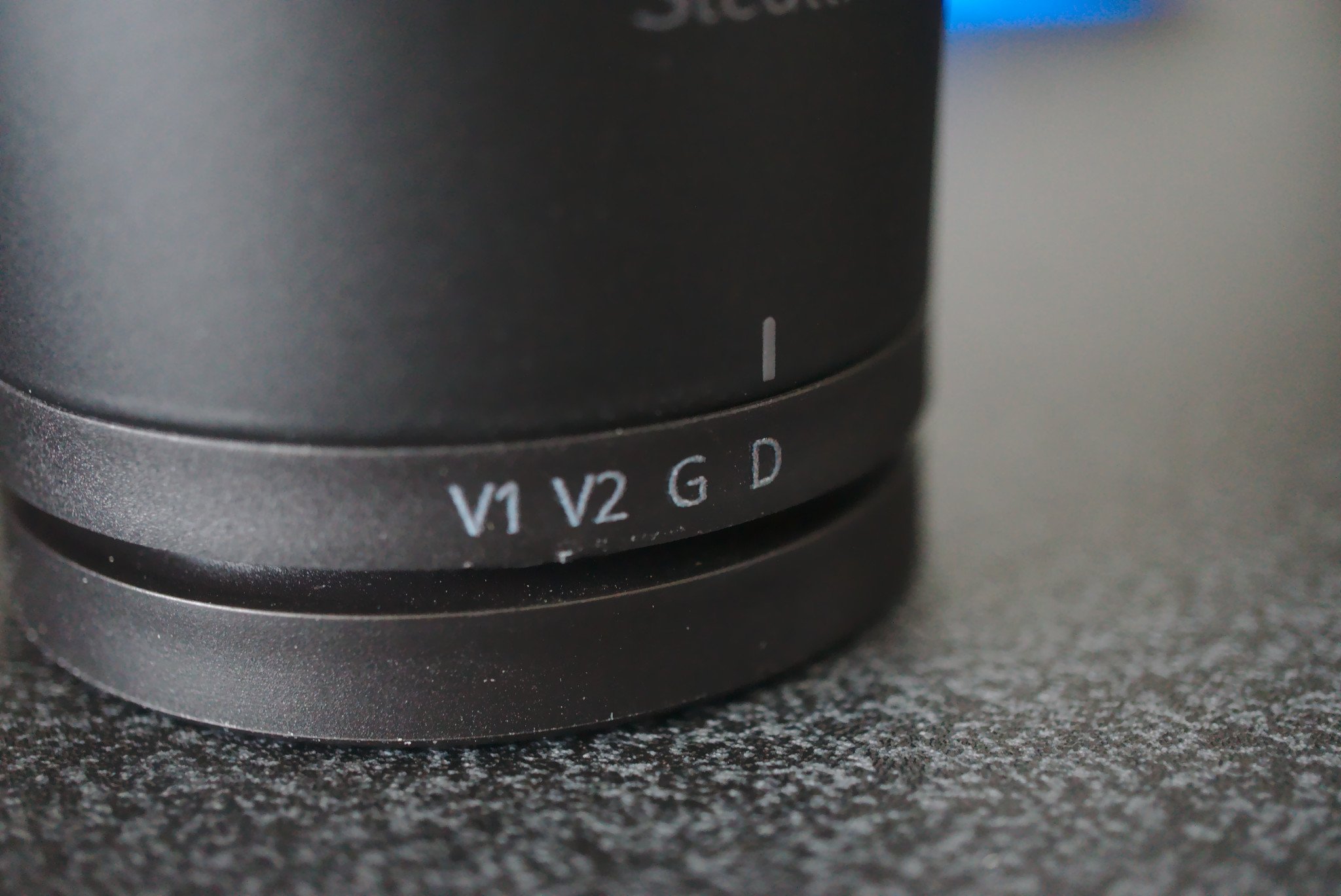
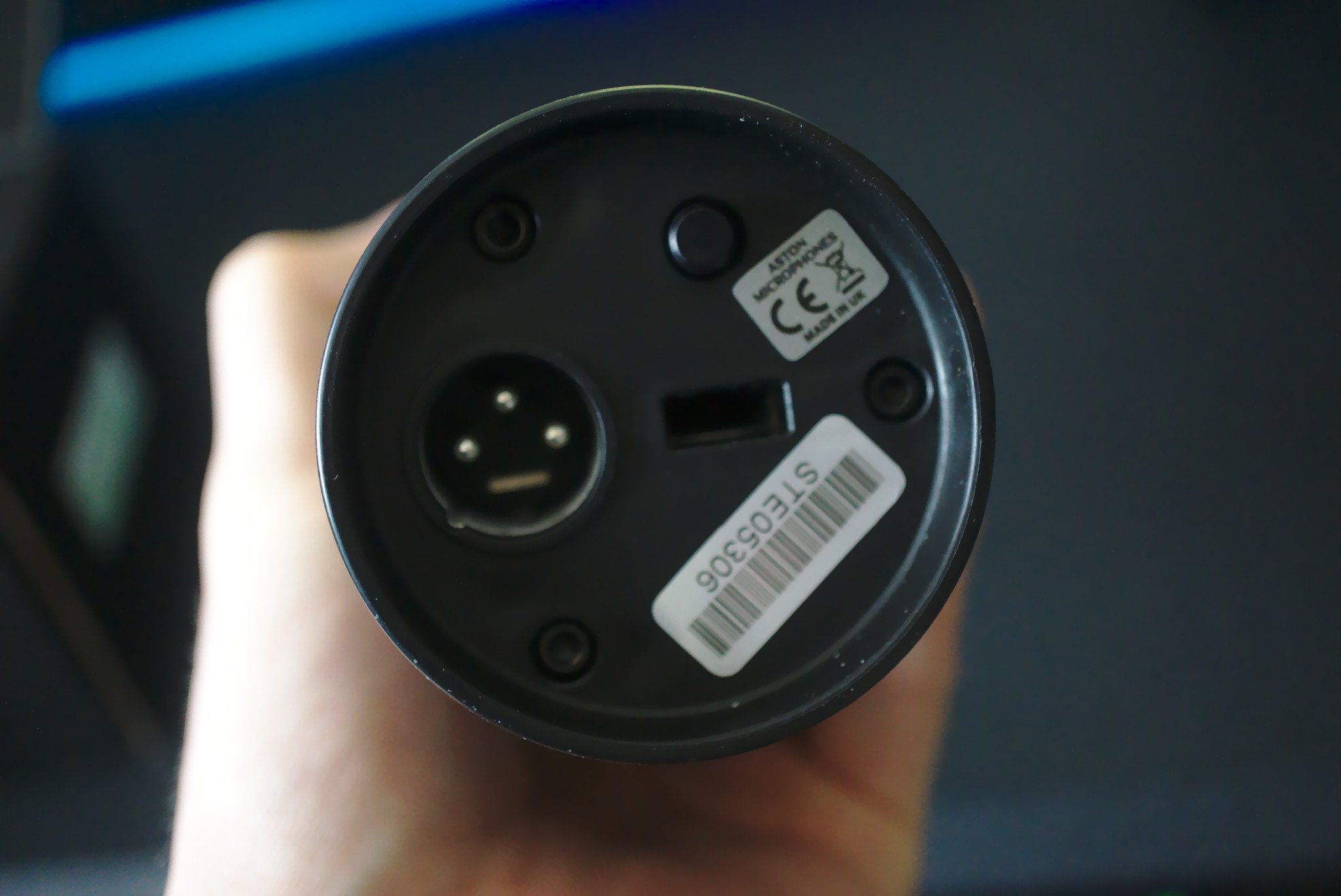
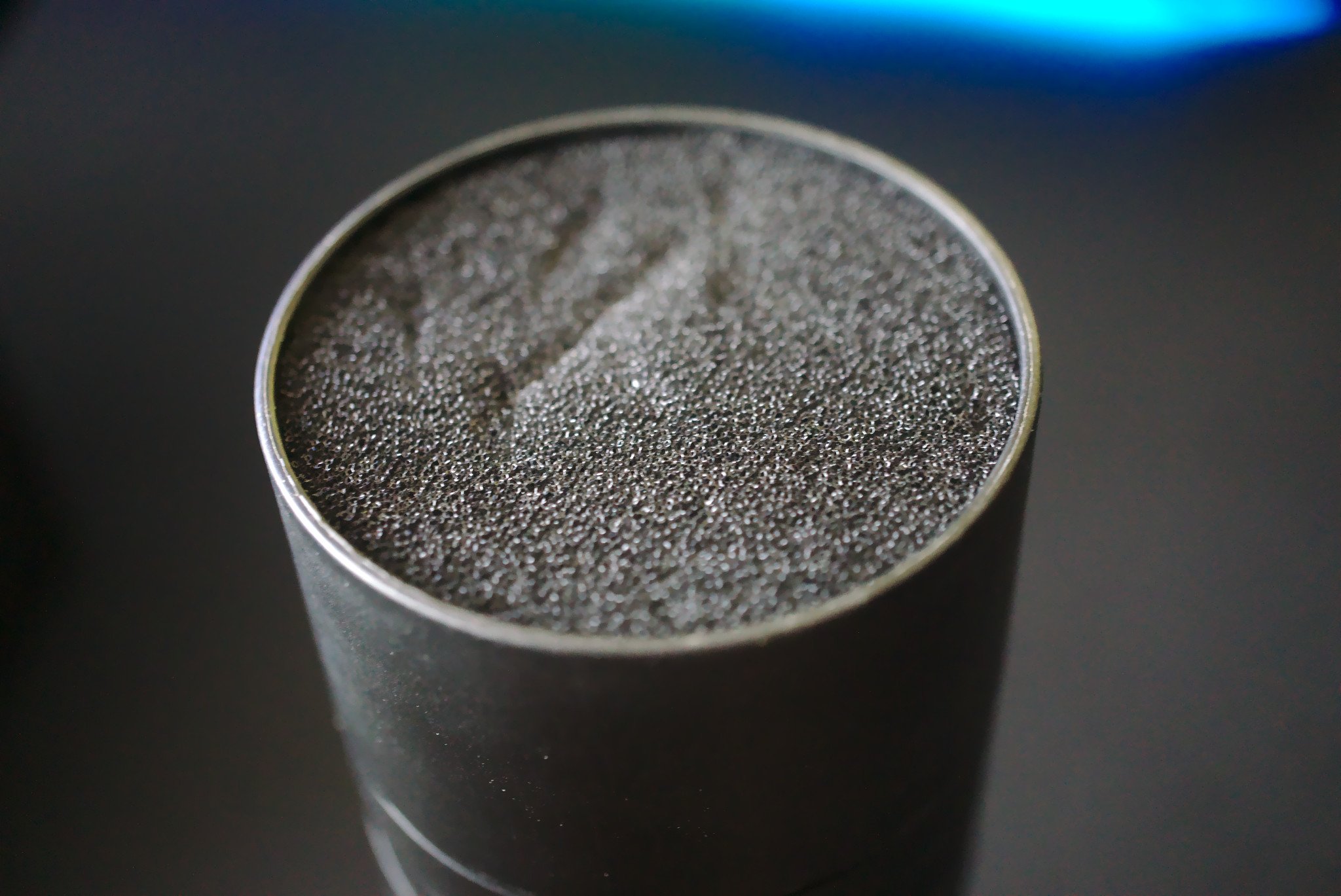
This sleek-looking slab of metal is a dynamic microphone with four switchable voice settings, each tailored to deliver performance across a wide range of applications. These profiles aren't merely altering EQ, but are messing around with the signal at an advanced level, developed with the help of engineers, producers, and artists. V1 was found to be best suited for male voices, V2 for female voices.
Aston's Stealth is perfectly designed with podcasts and streamers in mind.
The latter two voice settings are G for guitar, and D for dark, which essentially attempts to mimic classic ribbon microphones from older generations. For podcasts and streaming, I found V1 to be the best setting for my voice, which shouldn't come as a surprise. It would be worth playing between V1 and V2 alongside in-line manipulation and software to get it sounding just right, but the out-the-box quality is amazing.
And to pack all this technology into the microphone, Aston made a hefty product, and by hefty I'm talking 692g (1.52lbs) with a length and width of 196mm (7.72 inches) and 58mm (2.28 inches), respectively. It's massive, but built like a tank and should be able to withstand some knocks that come about through transportation and switching hardware on set.
Excellent audio without the drawbacks
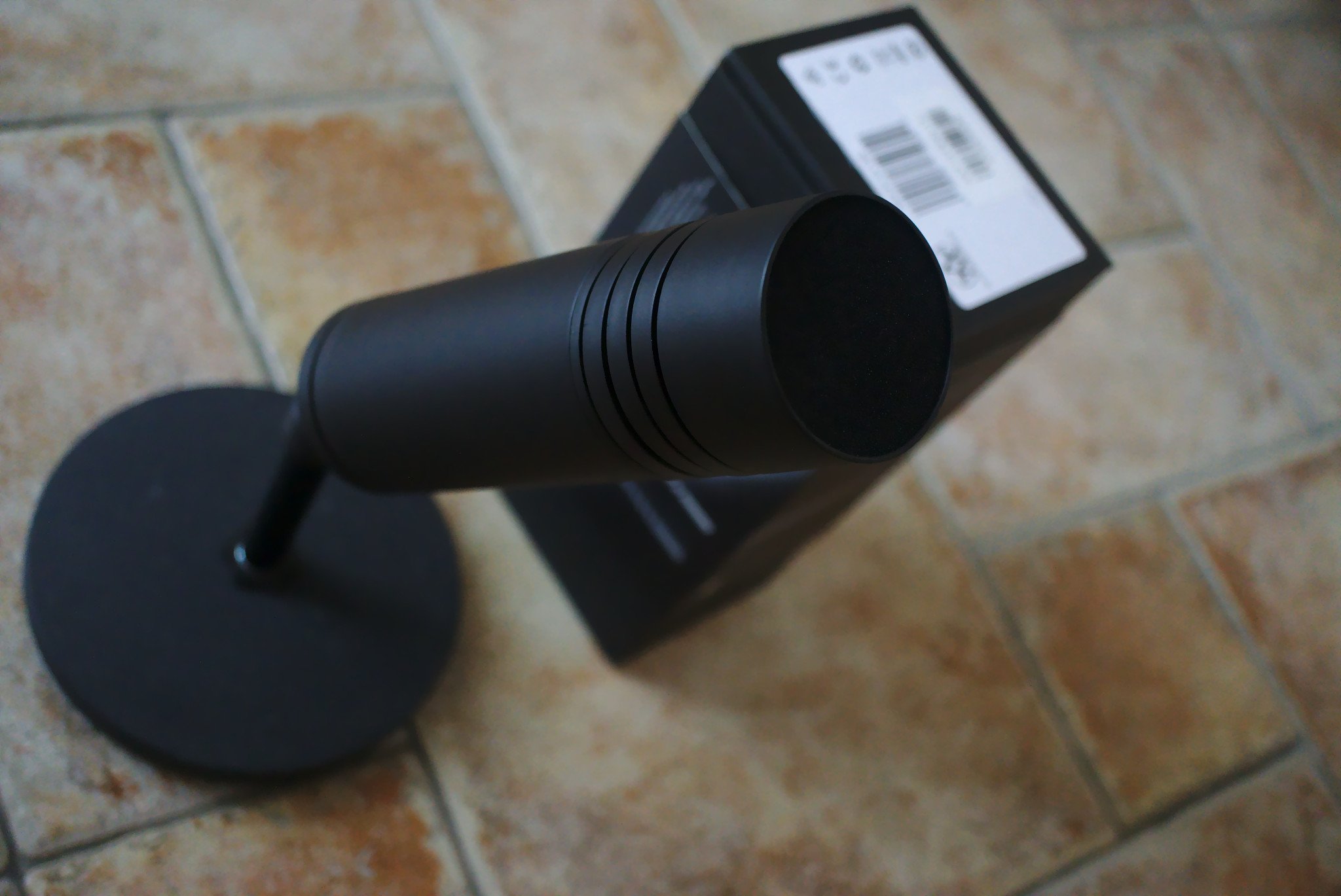
When the Aston Stealth detects the supply of 48V, the pre-amp will activate, and discrete purple LEDs will turn on just below the voice settings wheel. It's a subtle lighting effect that looks better than the lighting effect on the HyperX QuadCast for sure, and you can even disable the lighting with a button adjacent to the XLR connection — nice!
Get the Windows Central Newsletter
All the latest news, reviews, and guides for Windows and Xbox diehards.
As for actual sound quality, however, it's a whole different ballpark compared to other more budget-orientated microphones. The voice profiles work well to mix things up, depending on the application and who plans to use the microphone, but the pre-amp, when used in conjunction with other hardware and software, can produce some exceptional audio.
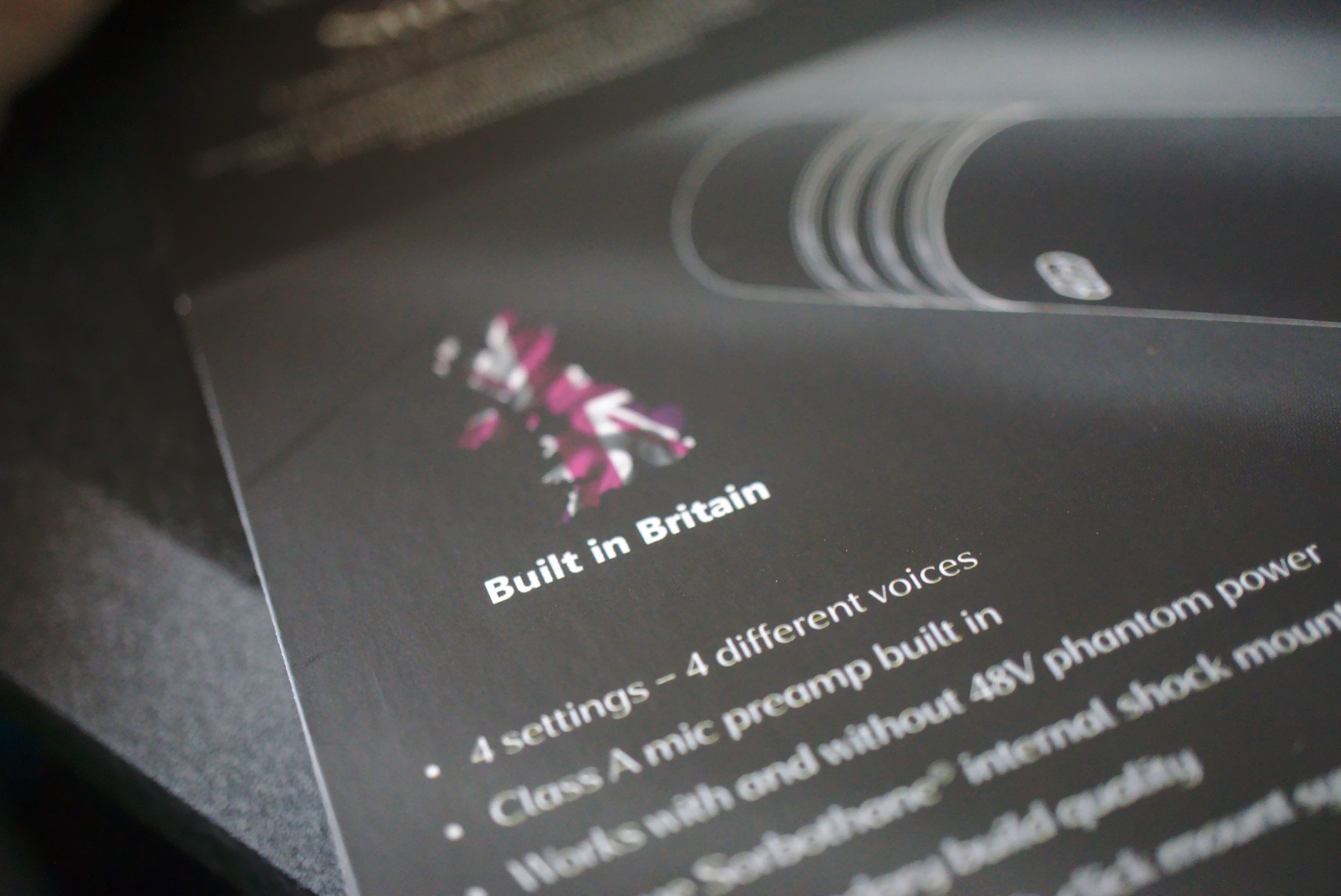
I get the idea behind the plastic mounting mechanism Aston went for with the Stealth, especially for stage performances, but it feels a little cheap compared to the rest of the microphone, and I would much rather have this expensive piece of tech secured in an external shock mount when hooked up to a boom arm to negate the wobble experienced when lightly pushing against the microphone.
The heavyweight and large size may also put some people off, but it's incredibly sturdy and as aforementioned is designed to take a hit or two. There's also the single XLR interface. No option for headphone pass-through or USB, so you'll be out of luck if you aren't comfortable in setting up such a microphone.
So should you buy the Aston Stealth?
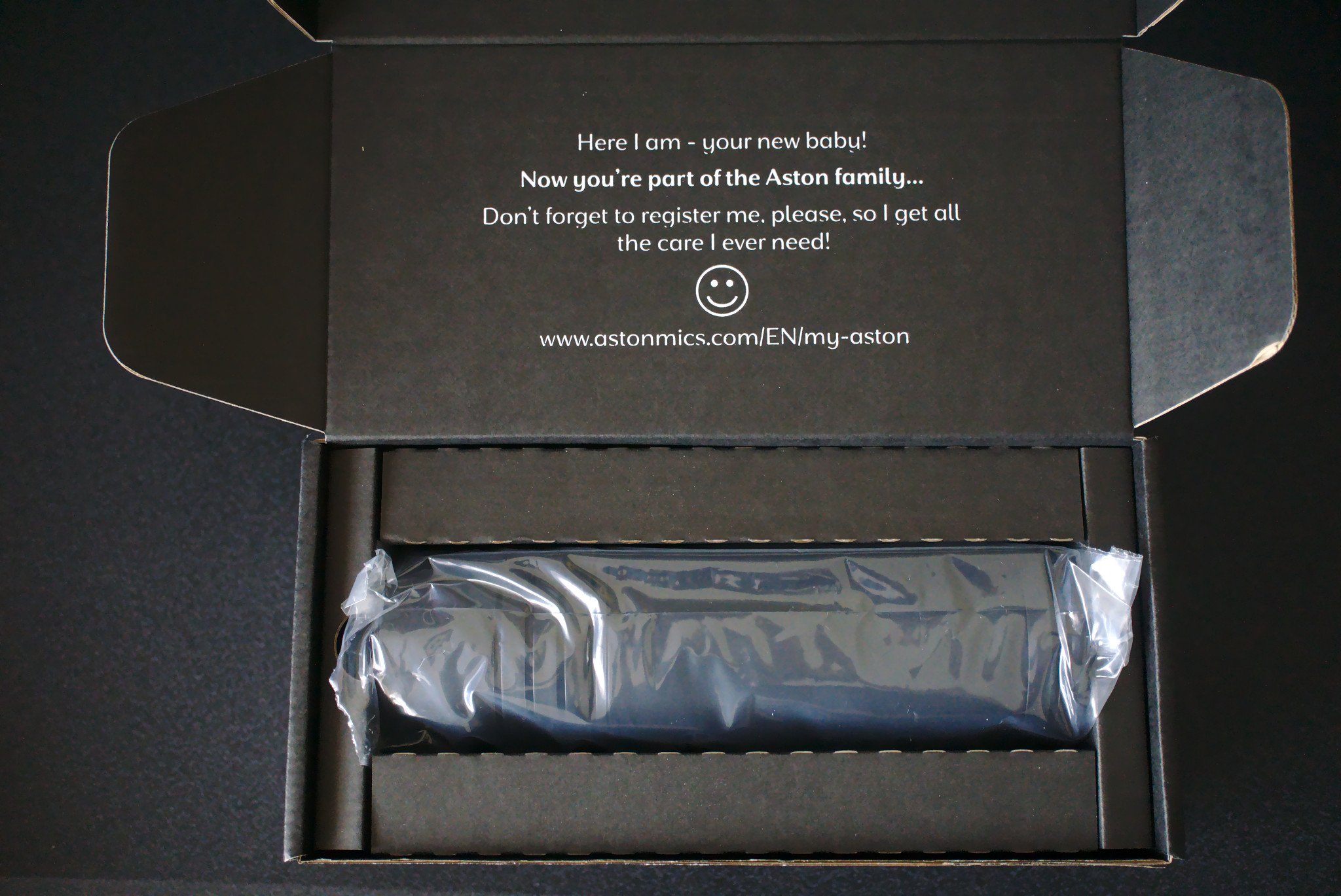
The Shure SM7B has become the popular choice for many who are podcasting and streaming, but I reckon the Aston Stealth is the better choice for these two applications thanks to some of the clever tricks the company installed like the pre-amp and voice settings. This thing is clearly beyond the level of your headset or USB microphone in terms of versatility and performance.
After playing around with the microphone for a week, communicating with friends online and running through various tests, it's easy to record your voice with crystal clear results. Pairing up the Aston Stealth with the Creative AE-9 was pretty special too, though you'd probably be better off with dedicated external hardware.
If you're on the lookout for a new premium studio dynamic condenser microphone, the Stealth is a quality choice to take your audio game to the next level. It may be overkill for most gamers and beginner streamers (especially at the asking price), but when you're ready to invest in some high-end equipment, the Aston Stealth should be on your shortlist.

Rich Edmonds was formerly a Senior Editor of PC hardware at Windows Central, covering everything related to PC components and NAS. He's been involved in technology for more than a decade and knows a thing or two about the magic inside a PC chassis. You can follow him on Twitter at @RichEdmonds.
